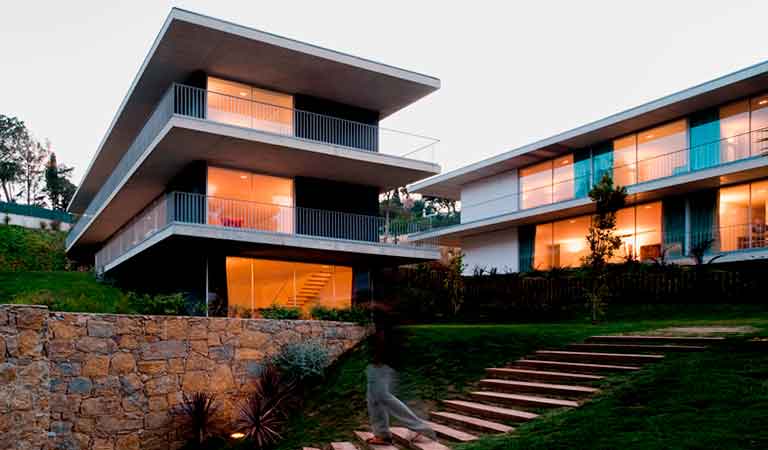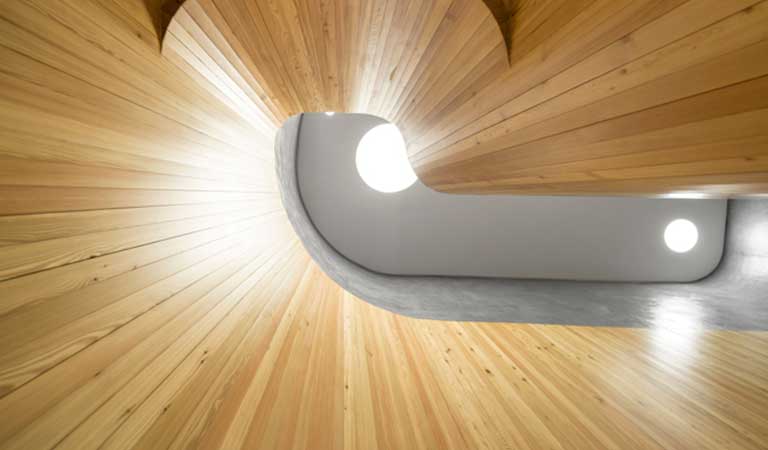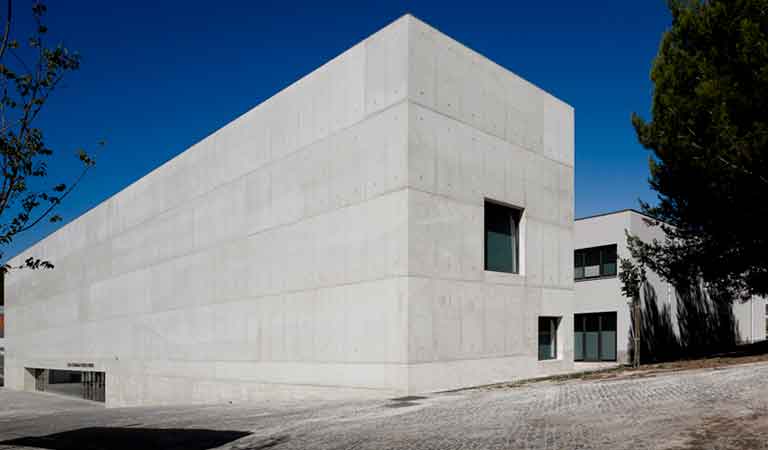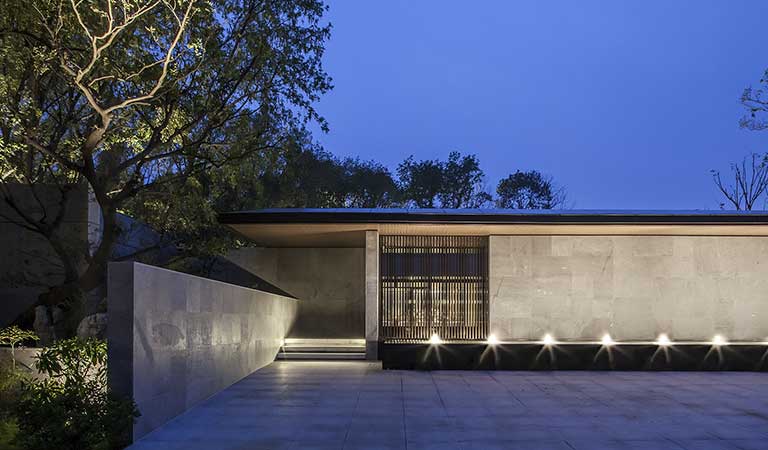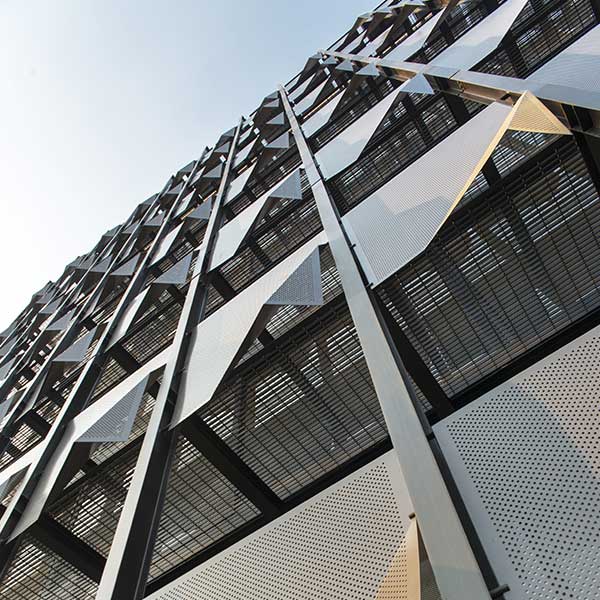Located in Lisbon, the office Atelier Central Arquitectos, under the direction of the architect José Martinez Silva, shares with us his approach and the most significant works they’ve made, on a cross view of different programmatic requirements, scales and conditions
—Approach —
We try to respond to the challenges brought to us by our clients, aiming at making their expectations possible. But never leaving aside a reflection and sometimes even a smooth cultivation of the client himself. We always try to dazzle the people that come to us, with a reflection about what it is that they really want to push through. We end up with a big complicity and a major involvement from the client, leading him to a major dedication to what he's building or about to build.
— Start a project —
I believe that with this matter of creativity, and I think about it this way, we can react two ways to a project, We either have an excellent idea, and we need to be very careful not to ruin that same idea, for if we insert non-essential elements to the materialisation of that idea, we can actually ruin and lose it.
Or not having a strong or exceptional idea, we must work with all the elements available in the materialisation of our project in order to gain the coherence and strength, that in the end becomes as strong as just a great idea. Very often this search for "the idea” is the biggest anguish I feel when starting a project.

© FG+SG - Fernando Guerra, Sérgio Guerra

© FG+SG - Fernando Guerra, Sérgio Guerra
During the materialisation process of the idea we must, of course, have a certain perception and reflection and be very careful, not to ruin it.
This becomes even more pronounced as we have a lot of people working here in the office, and I like to have a discussion or reflection with all of them about the project we're working on.
And as long as the majority of the team isn't happy about what we're doing, we keep working to improve the most fragile elements of the project.
— Architecture in Portugal —
Architecture in Portugal, it's probably one of the disciplines where you can find the best technicians. A big part of the architects are in fact exceptional, we are a country with two living Pritzkers.
But I feel that a big part of the people going to study architecture think they are going for a degree and for an art, that truth be told, hardly exists, because making exceptional projects where you have the freedom to do what you like, are not that many.
The "magazine projects" are very hard to find and there are very few of those.

© FG+SG - Fernando Guerra, Sérgio Guerra

© FG+SG - Fernando Guerra, Sérgio Guerra
— Being an architect in Portugal —
To be an architect in Portugal is hard, but as hard as it is, being an architect in Portugal we have to acknowledge that we won't be doing just art works.
We can't have a dictatorial attitude towards some of the clients expectations. If the client has an idea we can try and talk him out of it, try and reach an agreement, but we can never take the chance of later on, having the client say: “I don't feel good in here because the architect wanted this or that”.
— Materials —
This matter of the materialisation and of the usage of the materials is one of the most passionate aspects in architecture.
Materials have a preponderant part in reading the space, from the materials come a huge part of the sensations you experience when going through a building.
Also texture, and color, all of these elements and the material itself, they pass on completely different sensations.
That's one of the things that over time, has grown the most in me. When I got started I didn't pay much attention to these materialities. I mean, I was so concerned about the shape in a building, and with light, but then I wouldn't reflect on this matter.
Today I have a different consciousness towards this matter.

© FG+SG - Fernando Guerra, Sérgio Guerra

© FG+SG - Fernando Guerra, Sérgio Guerra
Another important matter that has gained a great relevance in the way we make projects over the last years, is the way in which the materials age.
Because this is probably one of the most passionate aspects in our art, in our profession.
To make a project considering time going through it. Time goes through it shaping and creating a mystic in the buildings.
If, when going through a certain space, we look at some stairs and see that a part of it has been shaped by all the people that have passed by it, or columns polished because people pass their hands going by, or bronze polished in that spot because people touched it.
This is hard to work in the beginning of the project because there are plenty of things that we cannot control but, in a way this is one of the aspects that will make our work more captivating (passionate).

© FG+SG - Fernando Guerra, Sérgio Guerra

© FG+SG - Fernando Guerra, Sérgio Guerra






